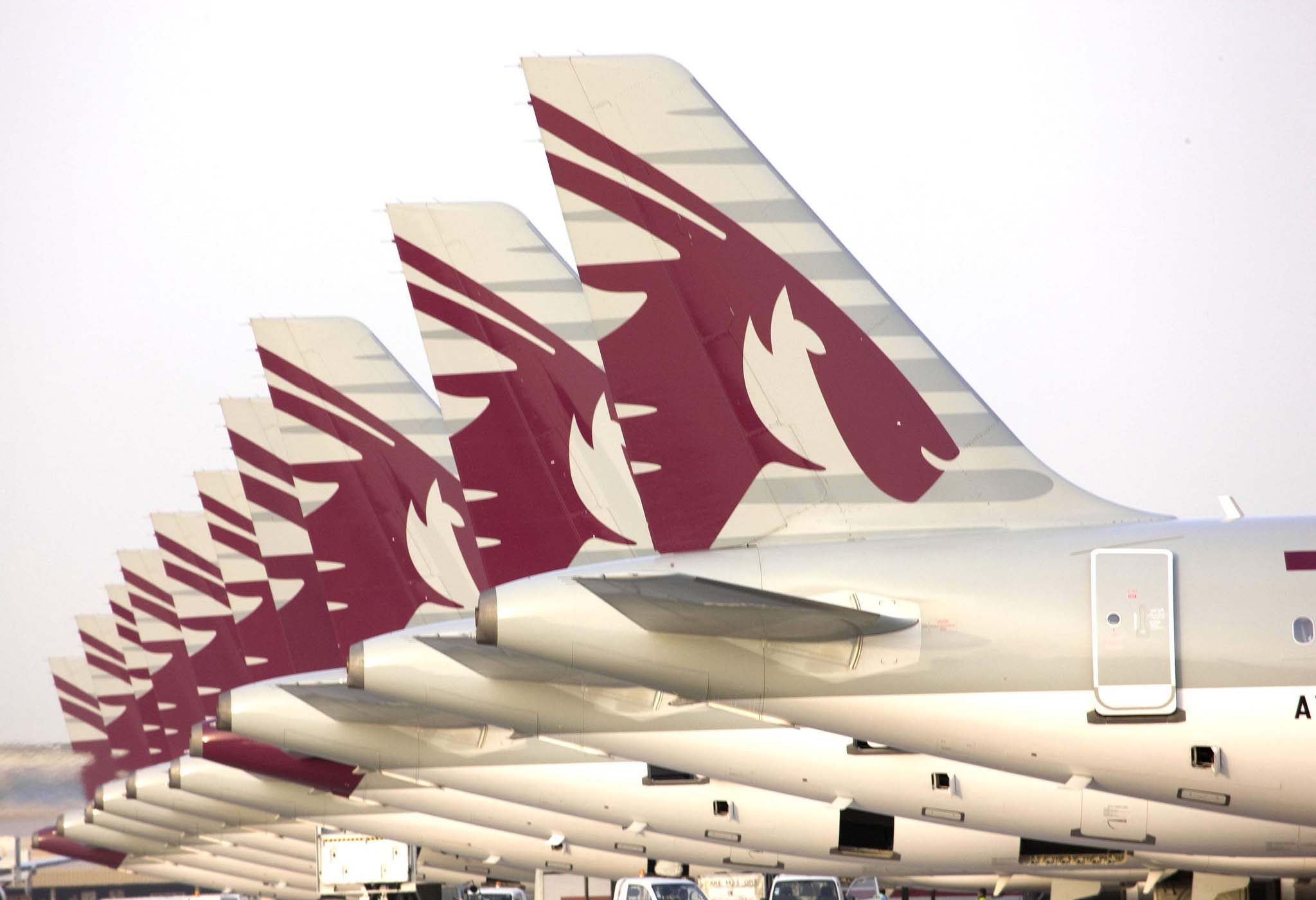
With reporting from Peter Kovessy
Qatar Airways made a net profit of QR1.6 billion (US$439 million) during its fiscal year ending March 31, 2016, the national carrier has announced.
That’s more than four times higher than its 2014-15 profit of QR374 million (US$103 million), in large part thanks to falling oil prices.
This appears to be the first time the government-owned airline has disclosed such detailed financial reports to the public, after pledging for years to do so.

The release of the records, which were audited by Ernst & Young, comes amid increased pressure from a group of US airlines that allege Qatar Airways receives unfair state subsidies.
In a statement, Qatar Airways CEO Akbar Al Baker said:
“Our fiscal 2016 year was the best yet for Qatar Airways Group, and our results reflect the discipline and dedication of the more than 39,369 men and women who proudly represent our airline and its associated brands.”
Lower costs
According to the report, the Qatar Airways Group reduced its expenses by 1.5 percent and increased its cash balance from QR5.5 billion to QR12 billion over the past year.
One major factor in reducing expenses was the drop in global oil prices.
The airline spent QR9.2 billion on fuel during the most recent fiscal year, down significantly from the QR12.8 billion it spent on fuel in 2014-15.
That saving was not really passed down to passengers.

In February, Al Baker said there were no plans to reduce ticket prices despite falling fuel costs, adding:
“We will make a good profit (this year), better than last year. Don’t forget my last year’s oil (price) was at $130 (a barrel).”
Cargo and passenger revenue
The airline also said it made QR26.7 billion in revenue on passenger flights last year.
But that’s less than a 2 percent increase from the QR26.2 billion it made in 2014-15 – not a significant rise, considering the 13 new routes the airline introduced over the 2015-16 financial year.

Meanwhile, the group’s income from its cargo operations went up by 11 percent, from QR5.1 billion in 2014-15 to QR5.6 billion last year.
Cargo now accounts for 16 percent of the group’s total revenue, making it an increasingly important part of Qatar Airways’ business.
Last November, the airline announced that it was now ranked as the world’s third largest air cargo operator, according to IATA figures.

Other notable figures included that:
- The group spent QR6.5 billion on salaries, allowances and other benefits last year, up from QR5.4bn in 2014-15;
- The airline received QR31.6m in standard route subsidies and incentives last year, nearly QR8m more than the QR23.9m they received in 2014-15. No breakdown is provided to explain which routes these subsidies relate to or who they are from; and
- Qatar Airways received significantly less compensation from aircraft and other suppliers last year than in the previous year. In 2015-16, it received QR214.8 million versus QR835.1 million in 2014-15. Airlines typically receive compensation when aircraft deliveries are delayed.
Detailed breakdown
The 60-page financial report for the fiscal year 2015-16 does not reveal any obvious sources of state aid.
However, it does detail for the first time the breakdown in income from different part of the Qatar Airways group, which includes Qatar Duty Free, Hamad International Airport, QDC (Qatar’s only alcohol distribution company), and several hotel operating companies and real estate firms.

The figures show that QDC and Qatar Duty Free divisions had a booming year, generating revenue of QR1.9 billion in 2015-16, up from QR1.6 billion in 2014-15.
The cost of selling those products was only QR893 million, which works out to a rough profit of QR1 billion. To put that figure into context, Qatar Airways Group’s overall pretax profit was QR1.6 billion.
The report also showed that Qatar Airways received QR166 million last year as a fee for its management of HIA, up from QR133m in 2014-15.
You can view the complete report here.
Thoughts?







